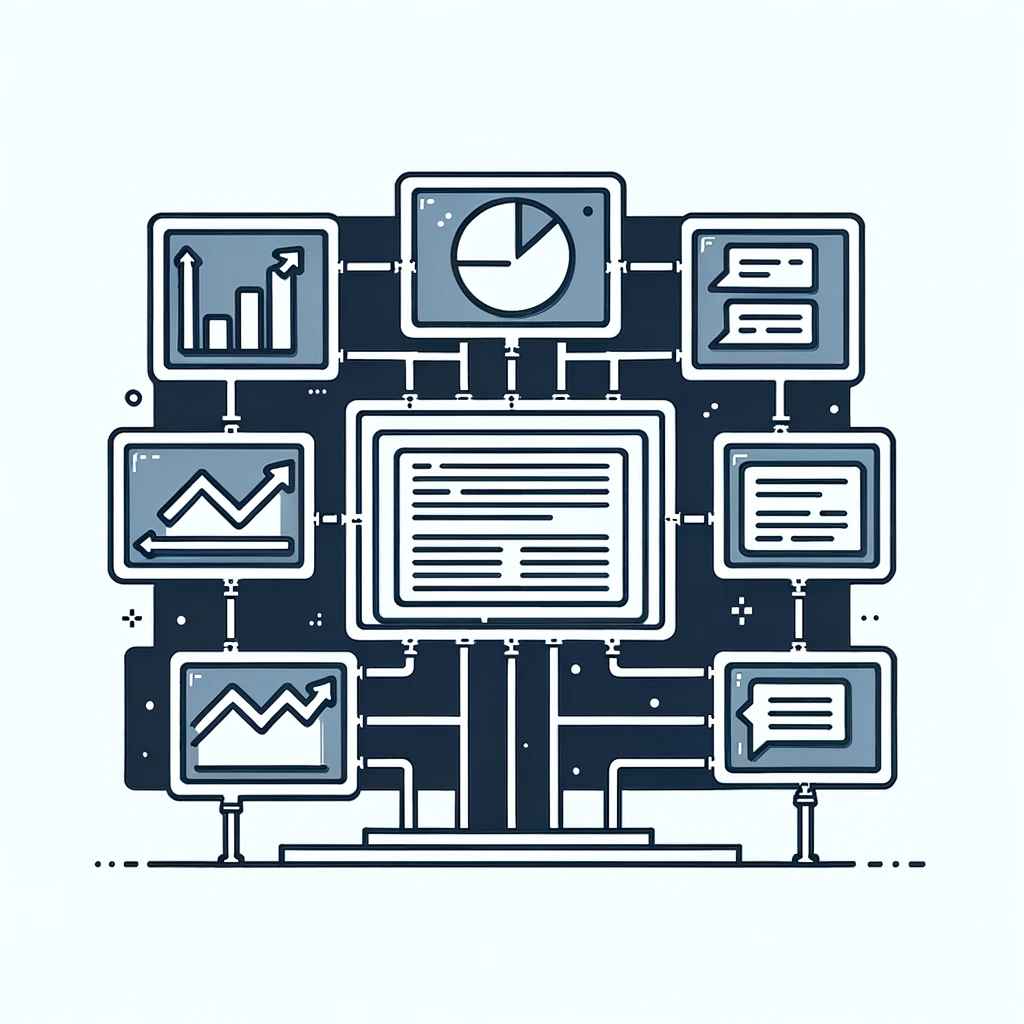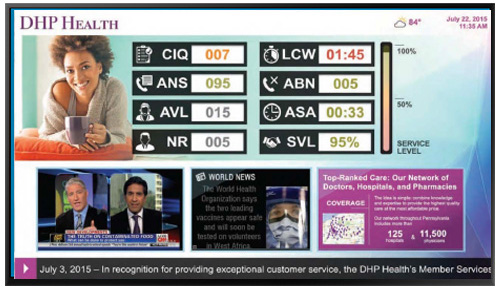Want to know a secret? It’s why high performing workplaces really excel at what they do — and how they build teams that drive positive results for their business. But before we get to the secret stuff, let’s talk about what makes a high-performance team function.
High performance organizations invest a lot of importance in the selection of internal communication channels — and focus on what messaging is to be communicated. The goal is for employee engagement. Every communication should have interaction, soliciting the active participation of each team member: to share ideas, provide recommendations, exchange feedback, or lend a fresh POV on important issues.

Workplace communication is the glue that binds your employees together, and creates a positive, powerful, productive environment for your team to deliver their best. While some organizations remain entrenched in an autocratic model of withholding information from employees “for their own good” — the fact is people make better and informed decisions when they understand the full picture of their business, its status, and its needs. When organizational communication includes people’s opinions and ideas, they know that they are valued — and are then inspired to contribute more going forward.
Measuring Effectiveness of Workplace Communication
How will you know if your workplace communication strategy is working? Expect a high performing team to demonstrate characteristics and qualities that:
- Align goals to the needs of the organization
- Understands roles and responsibilities
- Communicates with clarity and respect
- Manages work and deadlines based on priorities
- Celebrates success and recognizes contributions
- Practices continuous learning
Evolving to a high-performing team requires a commitment to a modern employee communication infrastructure, and the “4 Cs” that call for:
- Consistency: Communicate on a regular and predictable schedule
- Credibility: Communicate your intentions honestly
- Convenience: Communicate known information promptly
- Collaboration: Communicate connections that bring together creativity and talent
Now that you know what a high-performing workplace requires…still want that secret to getting there?
How about 5 of them instead?
5 Secrets of High Performing Workplaces
Secret 1: Relevant & Personalized Employee Communication
There’s a so-called marketing “rule of 7” that says an individual needs to hear a message 7 times before she or he will take action. It may work a bit differently in the workplace — employees are inclined to be task-focused, and so more responsive to messages. Some may act immediately; some may require seeing something a few times before choosing to click. But it still has to be the right message. No employee will respond to generalized content that arrives as part of a wide-net, top-down broadcast — or “bored-cast.”

Delivering communications that are relevant and personalized is easy work for a workplace experience platform. With a built-in intelligent content management system, your internal communications team can deliver text, images, audio, and video — published to targeted employees or groups, with analytics that work to refine engagement and receptivity of the message and content. Built in templates and easy to use design tools mean your content types can be arranged to have the most visual impact — even entertainment value. (88% of millennials want work to be a “fun and social” environment, with 90% of Gen-Z value workplaces that offer a human connection.)
This content can be made easily available via email, newsletter, digital signage, the company intranet — targeted to whichever channel is going to have the most meaning for that recipient. In the process, you have multiple opportunities to create two-ways communication — by soliciting feedback from polls, surveys, comments, and encouraging content shares.
As you communicate important internal policies and initiatives, don’t neglect the critical issue of “WIIFM” — the “What’s in it for me?” your employees will be asking. How will this help make them better professionals, and more effective at their jobs? Will it make their lives better? Including your employees in the message creates opportunities for them to take ownership and display accountability.
Secret 2: A Policy for Employee Engagement
92% of business executives believe that engaged employees perform better. And research proves that out: engaged employees are 17% more productive than their peers, more likely to work with diligence and to put forward extra effort in their jobs. The more you dig into the benefits of employee engagement, the more good reasons there are to make this a policy of workplace communication. Look to your engaged employees for:
- Higher retention: Engaged employees know they will be recognized, see opportunities for career development, and understand why organizational change happens — all good reasons to stay the course with your organization.
- Increased customer satisfaction: Engagement makes for workers who care about their jobs — and therefore care about the customer. 72% of business executives agree that highly engaged employees lead to happy customers.
- Lower absenteeism: Employees committed to your mission are going to show up, validated by highly engaged workplaces reporting 41% lower absenteeism.
- Decreased workplace injury: Engaged employees are more aware of their surroundings and more focused on the task at hand — both of which no doubt contributes to 70% fewer safety incidents in highly engaged workplaces.
With a workplace experience solution behind your engagement policy, your professional communicators can easily plan and automate the types of messages that can build a strong bond between company and employees — including your remote and hybrid staff. Delivered in targeted fashion to digital signage, emails and company mobile apps, your content then provides the relevant message for employees to identify themselves with your vision, values, and goals — encouraging them to do better and become more engaged in every aspect of their role.
Secret 3: A Shared Vision of Success & Goals
If you’re after a high performing team, the value of communicating a vision is more than a “nice to have.” It’s a need — both for your organization and your employees. A well articulated vision drives the beliefs and actions of your employees. It tells them why they are working for your organization. It’s a picture of success, the dream or goal the team is working towards.
You’ve probably heard both “vision statement” and “mission statement.” It’s possible — and useful — to have both. A vision statement describes where the organization wants to be in the future. A mission statement describes what the organization needs to do now to achieve the vision. Whatever you call them and however you word them, they serve your employees in important and meaningful ways:
- A unifying force that brings people together, focusing and aligning efforts.
- A guide for proper, consistent actions and decision making.
- An inspiration and motivator for employees to commit to and engage with in working to achieve the organization’s mission and goals.

But no vision or mission matters unless it’s shared — which brings us back to communication. Here again is where a workplace communication platform is key. Automated content management and intelligent content publishing can make sure that your vision is represented across a variety of channels: the company intranet, digital signage, wayfinding kiosks, emails. Thanks to targeted learning, this can be in the format (text, audio, video) that has been proven to be most effective for that team — or even individual employee
Communicating the positive aspects of your vision is the path to higher productivity and engagement. Companies that act on a common purpose personify the high-performance workplace: vibrant energy and morale, speaking the same organizational language. It’s there in happy employees — and positive financial statements.
Secret 4: Celebrating Success

At your next team meeting, consider starting things with this question: “Since we last met, what is going well or going right?” This is a great opportunity to learn directly from your people what they feel is worthy or recognition or celebration. Maybe it’s been a particularly successful quarter, the completion of an important project, a product launch, a significant work anniversary, or a high-five from customers.
Then you’ll want to use your employee communication platform to convey this out to the team and the organization at large. Champion these achievements on a digital signage “wall of fame”, via company newsletter, in a personalized email, maybe via a special podcast.
A workplace environment that practices recognition and rewards performance improves morale. When employees feel appreciated, they perform better. It can inspire a team to keep up the good work and provide a critical sense of belonging to a company.
As with all opportunities to build a high-performance workplace through communication and engagement, there are additional advantages to consider when recognizing individuals and achievements:
- Reflecting on work: Reminds teams of their goals and what they’ve accomplished to get there.
- Developing relationships: Celebrating success helps a team to know each other better and builds trust and stronger connections.
- Changing perspective: Switching the mindset from “work” to “celebration” creates renewed positive vibes for the tasks ahead.
- Boosting morale: Employees that feel valued are motivated by their accomplishments and the sense that they work for a successful organization.
An added benefit/boost: as you honor these individual wins, others across your organization will look for ways to achieve their own success to commemorate.
Secret 5: Anywhere Access to Tools, Data & Resources
Just as location is no longer a limiting factor on finding the best talent — that new asset may be a remote employee who can work from anywhere — distance should not hold back your workforce from accessing your business applications and data important to your organization.
A workplace experience solution can create the secure, remote access every employee needs for round-the-clock, work-from-anywhere productivity. While many individual apps may provide for their own standalone remote access, the workplace experience platform’s centralized integration introduces many efficiencies, such as Single Sign On, and reduced IT costs. With employees using the same company mobile app or web portal to locate files and work with apps, this common point of connection leads to increased collaboration and improved team productivity.
Say Hi to High Performance in Your Workplace
There is research that says that in a team of 100, an average downtime of 17.5 hours is spent clarifying miscommunication. That’s 40% of the working week lost to communication deficiencies.
On the other side: effective internal communication, with its boons of shared understanding, shared meaning, and common team connection. As outlined in the “5 secrets” of high performance, the more you share with your people, the more they feel they are a vital link in your business, and its goals. This is almost the very definition Gartner prescribes to a high-performance workplace: an environment designed to make workers as effective as possible in supporting business goals and providing value.
By investing in an employee experience solution and its opportunities for next-level effective communication, you are investing in engagement: learning, discovering, innovating, collaborating, achieving. High engagement results in positive — even exceptional — team outcomes. The higher the team engagement, the higher the performance. High-five.
Your perfectly optimized content goes here!


